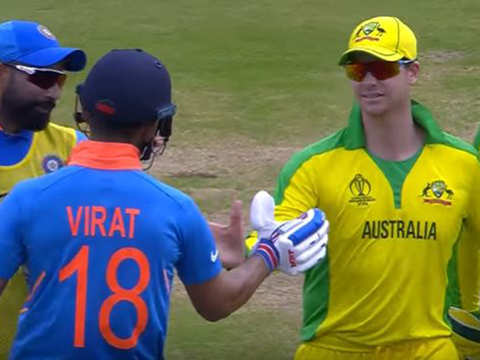Introduction
Cricket, often referred to as the “gentleman’s game,” is a sport steeped in tradition and rich history. It’s a game that transcends borders and cultures, with millions of fans worldwide passionately following their favorite teams and players. Central to the smooth conduct of any cricket match are the unsung heroes of the game – the umpires. These individuals bear the tremendous responsibility of ensuring fair play, making critical decisions, and maintaining the integrity of the sport. In this blog post, we will take a deep dive into the world of cricket umpiring, exploring the decisions they make, the challenges they face, and the controversies that often surround their every call.
The Role of a Cricket Umpire
Umpires in cricket are entrusted with a multitude of responsibilities, all aimed at ensuring the game is played fairly and according to the rules. Some of their primary roles include:
Decision-Making: Perhaps the most crucial aspect of an umpire’s role is to make decisions regarding dismissals, boundaries, and other rule-related matters. This includes judging whether a batsman is out, deciding on the legitimacy of deliveries (no-balls and wides), and confirming if a fielder has touched the boundary rope while saving a boundary.
Overseeing the Game: Umpires are responsible for overseeing the match, from the toss to the final delivery. They ensure that both teams abide by the rules, maintain discipline on the field, and manage time efficiently.
Player Conduct: Umpires play a crucial role in maintaining the spirit of cricket by monitoring player conduct. They can issue warnings, impose penalties, or even eject players for serious breaches of the code of conduct.
Safety: Umpires are also responsible for ensuring the safety of players. They can suspend play in case of adverse weather conditions or if the pitch is deemed unsafe.
Challenges Faced by Cricket Umpires
Umpiring in cricket is no easy task. It comes with its own set of unique challenges that require a combination of experience, knowledge, and mental fortitude. Some of the challenges faced by cricket umpires include:
Split-Second Decisions: Umpires often have to make split-second decisions, such as judging lbw appeals, catches, or run-out attempts. These decisions can have a significant impact on the outcome of the game.
Player Pressure: Cricketers are known for their competitive spirit, and they can sometimes exert immense pressure on umpires through appeals, heated discussions, or even aggressive behavior. Staying calm and impartial is crucial in such situations.
Technology and Review Systems: The advent of technology in cricket, including the Decision Review System (DRS), has put additional scrutiny on umpiring decisions. Umpires must adapt to these technologies and make accurate calls even when their decisions are under review.
Varied Playing Conditions: Cricket is played in various conditions, from scorching heat to pouring rain. Umpires must adapt to these conditions and ensure the safety and fairness of the game.
Controversies in Cricket Umpiring
Controversies in cricket umpiring are not uncommon. They can range from contentious decisions that alter the course of a match to allegations of bias or incompetence. Some of the notable controversies in recent cricketing history include:
The Umpire Decision Review System (DRS): The introduction of DRS has sparked numerous debates. While it aims to eliminate errors, it has sometimes led to further confusion and contentious decisions, leaving players and fans divided.
Ball Tampering Scandals: Umpires are responsible for inspecting the condition of the ball regularly. Instances of ball tampering have led to controversy, with questions raised about whether umpires missed or ignored such activities.
Allegations of Bias: Umpires have faced allegations of bias, particularly in high-stakes matches between rival teams. Such allegations can tarnish an umpire’s reputation and lead to intense scrutiny.
Misinterpretation of Rules: Umpires occasionally misinterpret or misapply rules, leading to disputes and debates over the correctness of their decisions.
Conclusion
Cricket umpiring is a challenging and often thankless job, but it is vital for the integrity and fairness of the sport. Umpires play a pivotal role in ensuring that the rules are upheld, decisions are fair, and the spirit of the game is maintained. While controversies and challenges are an inevitable part of the job, it is essential to recognize the dedication and professionalism that cricket umpires bring to the field. The next time you watch a cricket match, take a moment to appreciate the men and women in white who silently uphold the values of the gentleman’s game.



